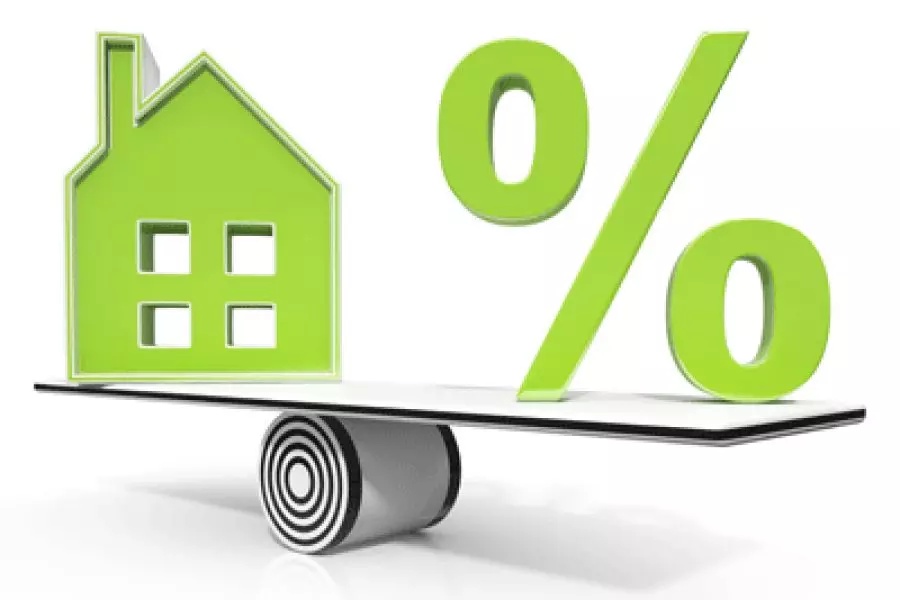
News
Market finally shows signs of cooling

Thursday 3rd of June 2021
CoreLogic’s House Price Index (HPI) shows the annual rate of growth rose to 20.5%, up from 18.4% last month.
However the annual measure is impacted by base effects, where a year ago economic activity, including the housing market, had stalled as the nation moved through the Covid related lockdowns.
Research head, Nick Goodall, says “In the past few weeks both the Gov...
Want to read the full article?
Click the button below to subscribe and will have unlimited access to full article and all other articles on the site.
2 min read





![[The Wrap] Bye Bye Bayly](https://goodreturns.publit.io/file/c_fill,w_900,h_600/39f23ac1-f7c7-4854-b700-a150004ebbac.webp)


